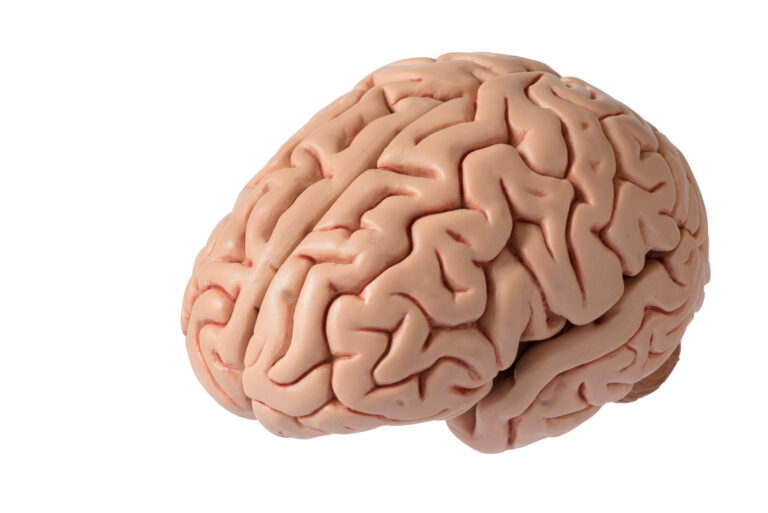Innovative Approach Uses Stem Cells to Regenerate Brain Tissue
The human brain is a complex and delicate organ, responsible for controlling our thoughts, movements, and bodily functions. It also houses our memories and plays a crucial role in our overall well-being. As we age, the brain undergoes natural changes, and unfortunately, these changes can result in conditions like Alzheimer’s disease, Parkinson’s disease, and other neurodegenerative disorders.
For many years, scientists have been searching for ways to regenerate damaged brain tissue and treat neurological disorders. Recently, a groundbreaking approach has emerged that uses stem cells to repair and regenerate brain tissue. This innovative approach has shown promising results and offers hope for patients suffering from various brain-related conditions.
What are stem cells?
Stem cells are unique cells found in the body that have the potential to develop into different types of cells. They serve as the building blocks for all the tissues and organs in our body. Unlike other cells, stem cells have the ability to self-renew and can also differentiate into specialized cells such as nerve cells, muscle cells, and blood cells.
How are stem cells used to regenerate brain tissue?
In the past, it was believed that the brain was incapable of repairing itself. However, recent studies have shown that stem cells can migrate to damaged areas of the brain and help rebuild and restore lost tissue. This discovery has led to the development of innovative therapies using stem cells to treat brain injuries and diseases.
One type of stem cell therapy that has gained attention is called neural stem cell therapy. In this approach, stem cells are grown in a laboratory and then injected into the damaged area of the brain. These stem cells have the ability to differentiate into various types of brain cells, including neurons and glial cells. Neurons are responsible for transmitting information throughout the brain, while glial cells provide support and protection to neurons.
Studies have shown that when neural stem cells are injected into the brain, they can enhance the repair process by stimulating the growth of new brain cells and promoting the formation of new blood vessels. This can potentially reverse the damage caused by neurodegenerative diseases and injuries.
Another innovative approach using stem cells is called induced pluripotent stem cell (iPSC) therapy. This method involves taking cells from an individual’s skin or blood and reprogramming them to become stem cells. These iPSCs can then be directed to differentiate into specific types of brain cells that are lacking in patients with neurodegenerative diseases.
Why is this approach revolutionary?
The use of stem cells to regenerate brain tissue is a significant breakthrough in the field of neuroscience. It offers a potential solution to treating conditions that were previously thought to be incurable. This approach has several advantages over traditional treatments, including:
1. Repairing damaged tissue: Unlike medications that only manage symptoms, stem cell therapy has the potential to repair damaged brain tissue and restore lost function. This could have a significant impact on patients suffering from conditions like Parkinson’s disease, where the death of dopamine-producing neurons results in movement difficulties.
2. Fewer side effects: Traditional treatments for neurodegenerative diseases often come with severe side effects, such as nausea, vomiting, and fatigue. Stem cell therapy, on the other hand, has shown to have minimal side effects, making it a safer option for patients.
3. Personalized treatment: Stem cell therapy can be tailored to each patient’s specific needs by using their own cells. This personalized approach reduces the risk of immune rejection and increases the success rate of treatment.
4. Potential for long-term benefits: Stem cells have the ability to self-renew and differentiate into different types of cells. This means that the benefits of treatment may last longer compared to traditional treatments that require constant medication.
Challenges and future implications
While the use of stem cells to regenerate brain tissue shows immense potential, there are also challenges that need to be addressed. One major concern is the risk of tumors developing from the injected stem cells. Researchers are continuously working to minimize this risk and ensure the safety of patients.
In addition, more research is needed to fully understand the potential of stem cell therapy and its long-term effects. However, with ongoing advancements in technology and research, this approach holds a lot of promise for treating various brain-related conditions.
In conclusion, the use of stem cells to regenerate brain tissue is a groundbreaking and innovative approach in the field of neuroscience. It offers hope for patients suffering from neurodegenerative disorders and has the potential to improve their quality of life. While there are still challenges to overcome, this approach opens up new possibilities for treating and possibly even curing brain-related conditions in the future. With continued research and development, we may see this innovative approach become a standard treatment option for brain injuries and diseases.





